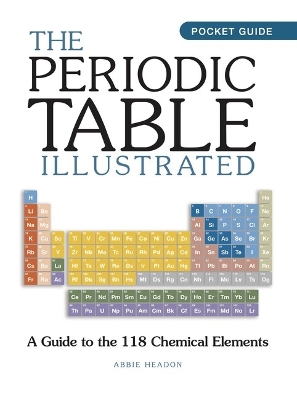Originally posted on my blog Nonstop Reader.
The Periodic Table Illustrated is an accessible basic illustrated guide to the periodic table of the elements written and curated by Abbie Headon. Due out 14th Aug 2024 in the UK (October 2024 elsewhere) from Amber Books, it's 224 pages and will be available in paperback flexibound format.
This is a well written basic reference guide for all ages, but marketed for a younger (middle grade +) audience. The language is simple and direct, and readers of all ages will have no trouble understanding. A short introduction covers nomenclature and very basic atomic structure and components.
The bulk of the book is taken up with 2 page spreads for each of the elements by atomic number (the order they appear on the table of the elements). The entries include info such as date of discovery, the atomic symbol, melting & boiling points, weight, a short description, and some photos or illustrations: for example, the entry for Hydrogen shows a cosmic "gas cloud" illustration and the famous black & white picture of the Hindenberg exploding.
Five stars. Up to date, useful, colorful and graphically appealing. It would be a good choice for public or school library acquisition, and a good choice for home reference use since it's up to date. (Fun fact, Avogadro's number has changed (!!) since I had freshman chemistry a million years ago).
Disclosure: I received an ARC at no cost from the author/publisher for review purposes.
Reviewed by annieb123 on
Reading updates
- 28 July, 2024: Started reading
- 28 July, 2024: Finished reading
- 28 July, 2024: Reviewed
